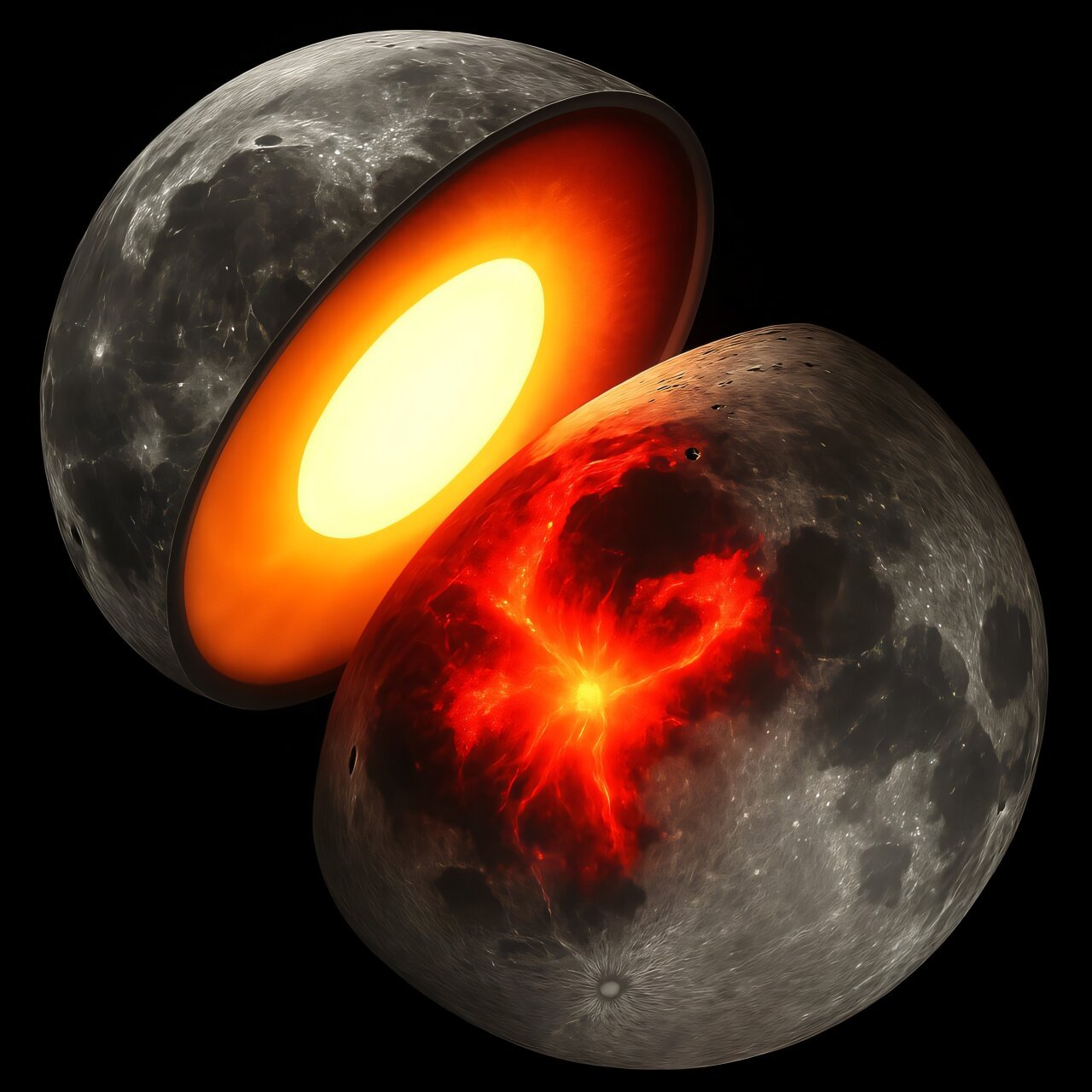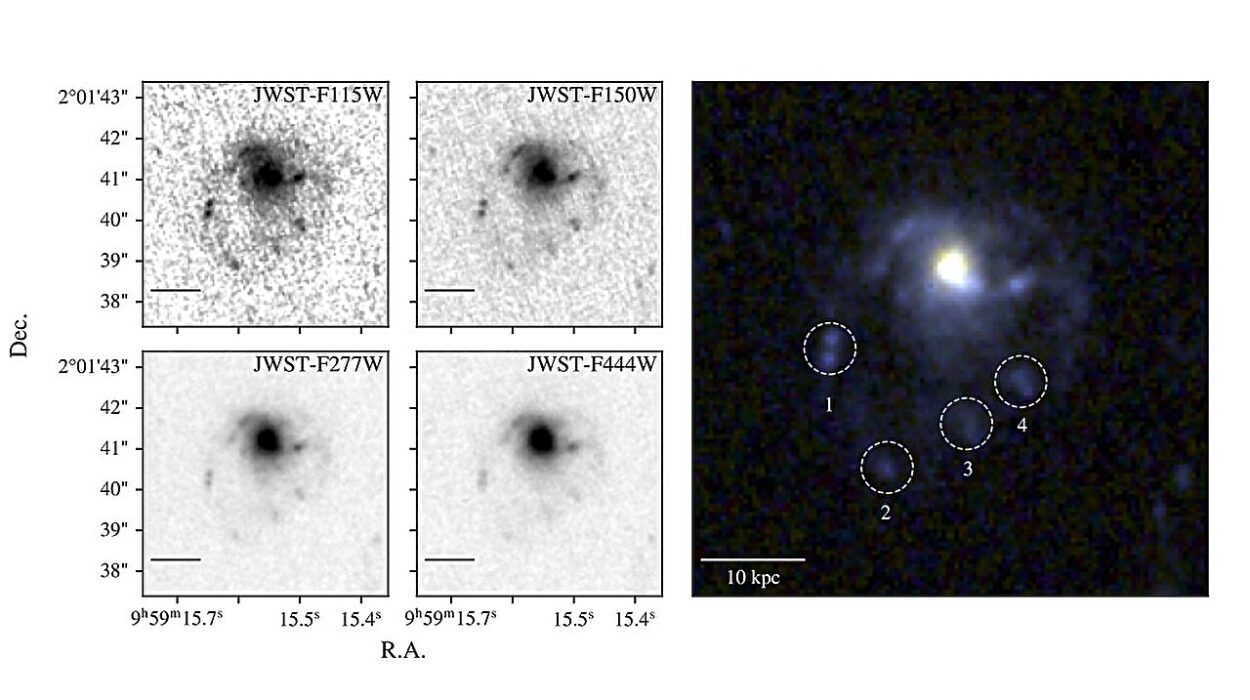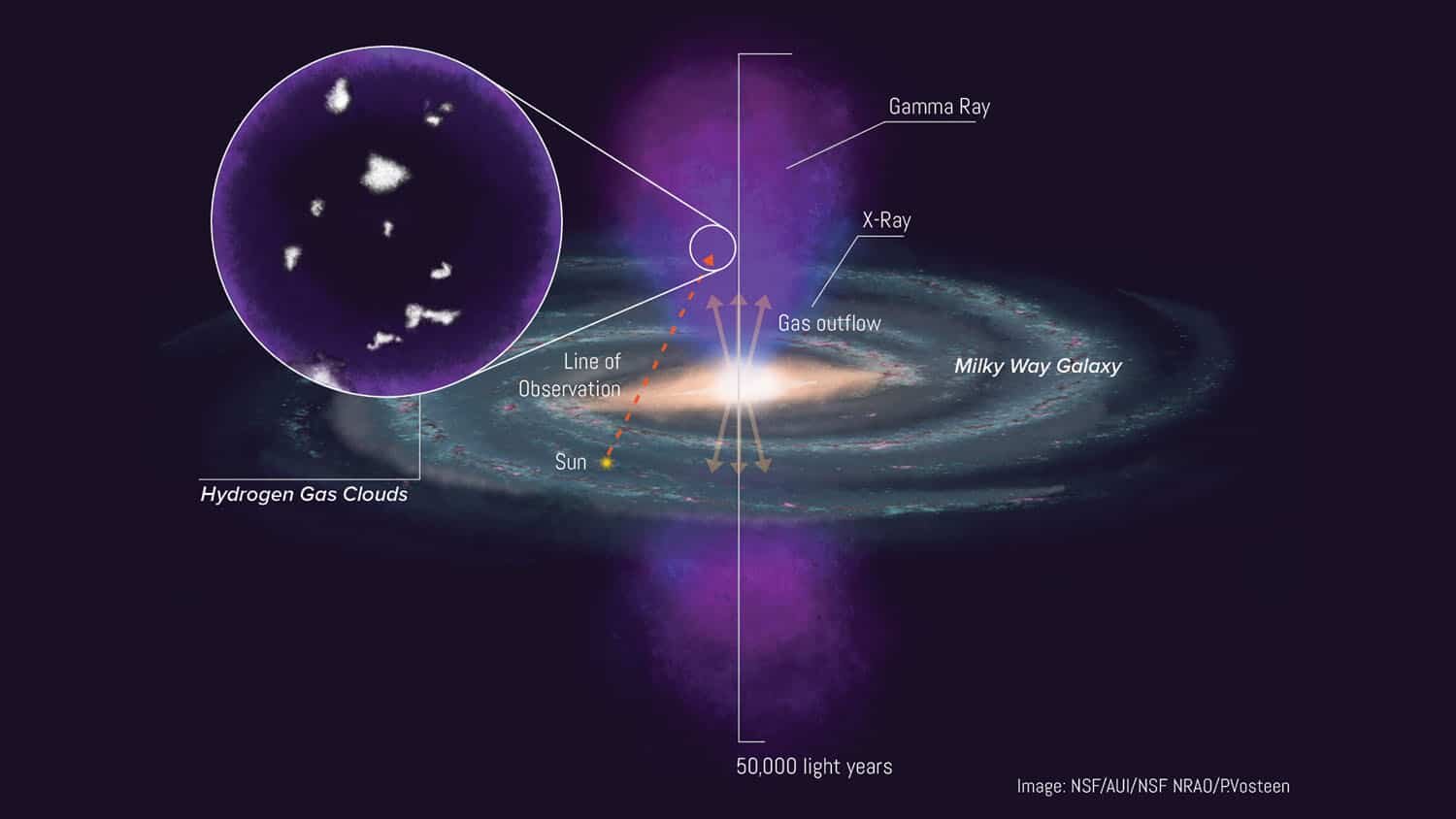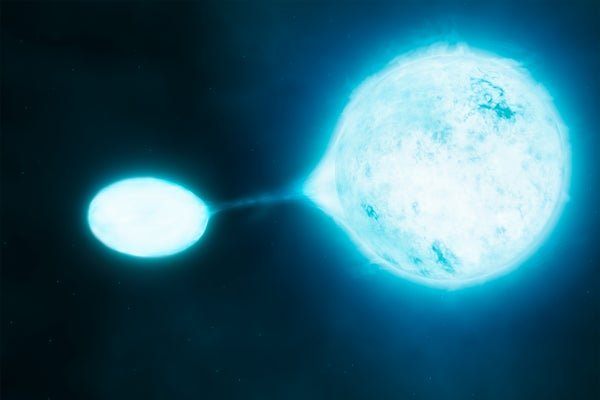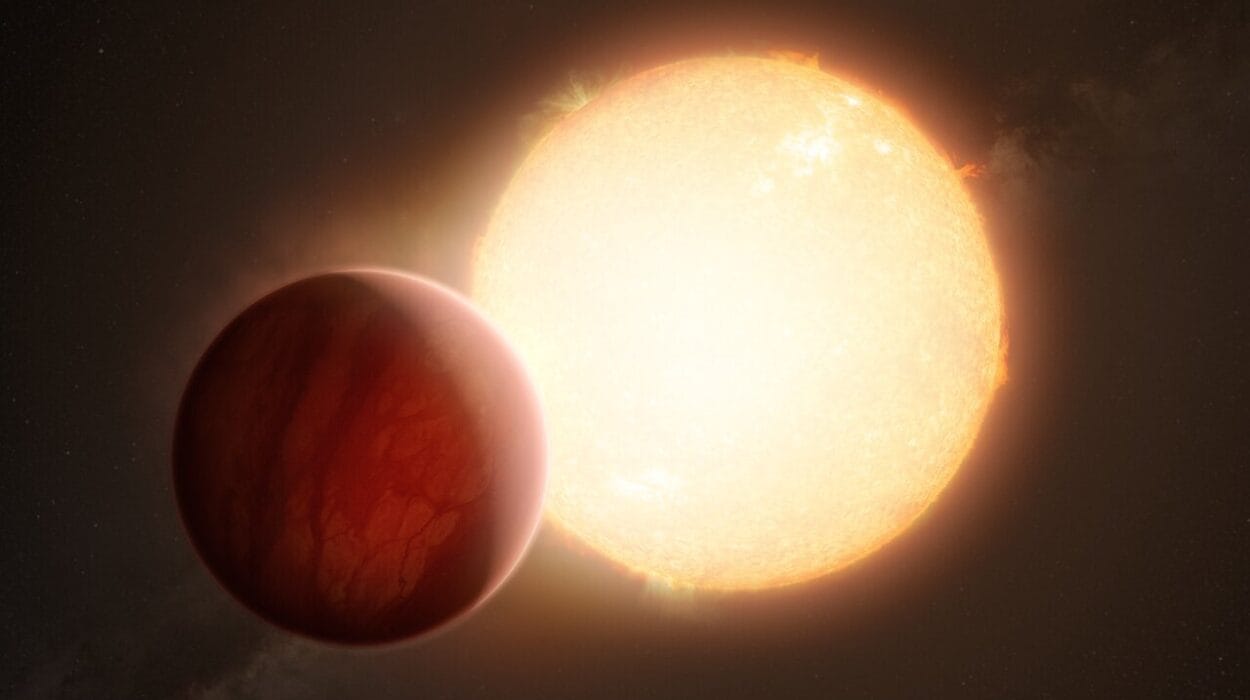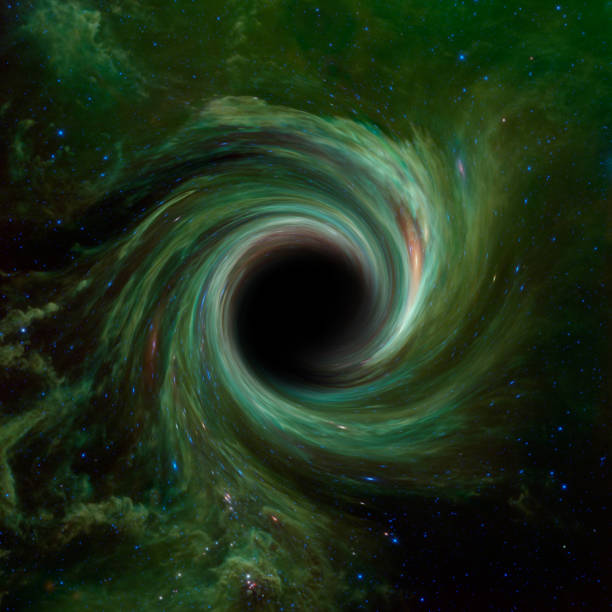Imagine being able to peer deep inside an alien world without ever touching its surface. No drills, no rovers—just data from orbiting spacecraft tracking invisible forces. That’s precisely what scientists are doing with the powerful tool of gravity analysis. Across the solar system, celestial bodies speak in the silent language of gravitational forces, and researchers are learning how to listen.
By analyzing the subtle variations in gravity detected by spacecraft as they orbit planets, moons, and asteroids, scientists can uncover groundbreaking details about their internal structures. Recent studies of the Moon and the asteroid Vesta, led by Ryan Park of NASA’s Jet Propulsion Laboratory, demonstrate just how transformative this technique can be.
Listening to the Moon’s Gravitational Whispers
The Moon has captivated human imagination for millennia, but its inner workings have long remained mysterious. That changed dramatically thanks to data from NASA’s GRAIL mission—two spacecraft named Ebb and Flow that orbited the Moon in tight formation from late 2011 to 2012. By precisely measuring changes in the distance between the two spacecraft, scientists mapped the Moon’s gravitational field with unprecedented detail.
One key discovery? The Moon isn’t just a passive lump of rock; it moves. Subtle gravitational changes caused by Earth’s tidal forces make the Moon flex during its elliptical orbit—a phenomenon known as tidal deformation. This flexing provides a powerful clue about what lies beneath the Moon’s surface.
Park’s team developed a new model of lunar gravity that accounts for these tiny deformations. Published in Nature, their model is the most detailed gravitational map of the Moon to date. It not only helps future lunar missions more accurately calculate location and time, but also offers a rare glimpse into the Moon’s deep interior.
Unearthing a Tale of Two Hemispheres
The study revealed an astonishing asymmetry between the Moon’s near and far sides. While the near side is smooth and dark with massive volcanic plains, the far side is rugged and mountainous. This difference has puzzled scientists for decades.
By examining how each hemisphere responds to tidal forces, the team uncovered a critical clue: the near side flexes more. Why? The evidence points to a warmer, more radioactive interior on the near side, likely caused by ancient volcanic activity that deposited heat-producing elements deep in the mantle billions of years ago.
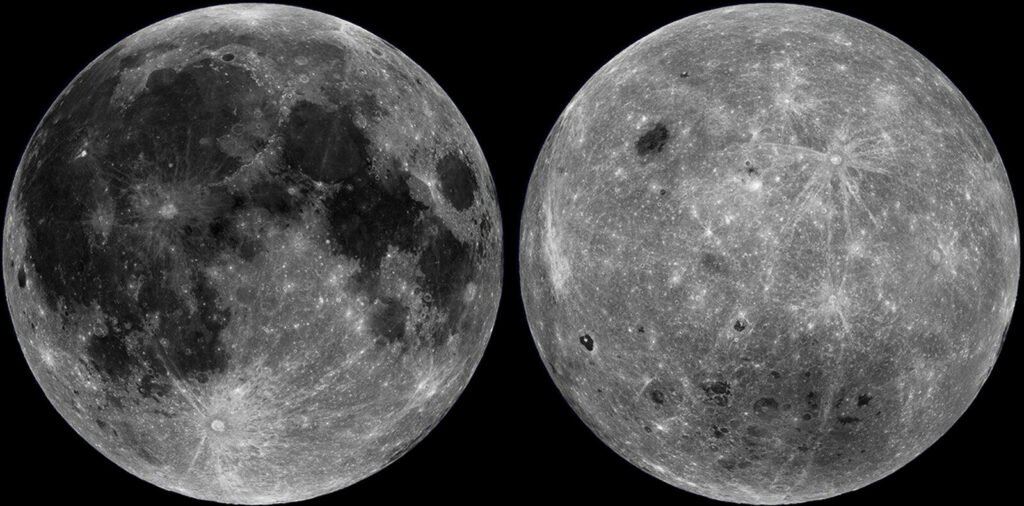
“We were surprised by the result,” Park admitted. “We ran the calculations again and again. It took a decade of work to verify what we were seeing.”
Their conclusion? The Moon’s near side retains the thermal legacy of its violent, molten past, while the far side cooled differently, leading to a lopsided internal structure.
Vesta: An Unexpectedly Uniform World
Meanwhile, Park and his team applied a similar gravity analysis to a very different body: Vesta, the second-largest object in the asteroid belt. Vesta was visited by NASA’s Dawn spacecraft from 2011 to 2012, which collected both high-resolution images and subtle gravitational data via radiometric tracking.
Using these datasets, the team studied how Vesta spins and wobbles—movements directly linked to its moment of inertia, which reveals how mass is distributed inside. Conventional theories suggested that Vesta, like Earth, should have an iron core and distinct layers formed through a process known as differentiation.
But the findings told a different story.
Vesta’s gravitational data didn’t match a fully differentiated structure. Instead, its moment of inertia indicated a mostly uniform interior, with only a small central core—if any at all. This was a stunning revelation for planetary scientists who had long viewed Vesta as a miniature planet with layered insides.
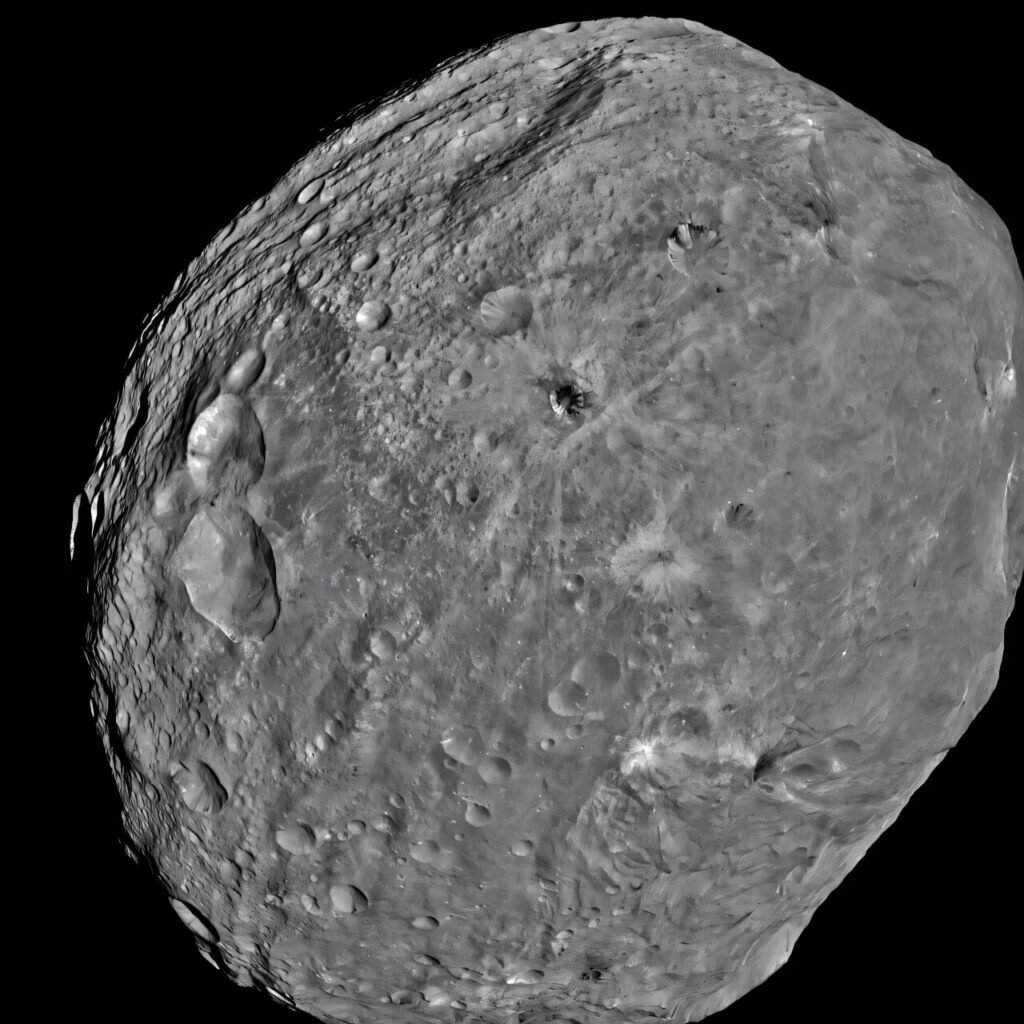
Why Gravity Tells the Truth
So how does gravity reveal so much? It all comes down to mass distribution.
Think of an ice skater spinning with arms extended. As they pull their arms in, they spin faster because their mass shifts closer to the center. That change in inertia mirrors what scientists detect in celestial bodies. By tracking tiny wobbles and accelerations in an asteroid’s spin, or measuring how a spacecraft drifts slightly as it passes over mountains or mass concentrations, researchers can reconstruct the structure of entire worlds.
And unlike seismology or drilling—which require physical presence—gravity works remotely. It’s a non-invasive probe, a cosmic X-ray that works across millions of miles.
The Bigger Picture: Comparing the Moon and Vesta
What makes the dual analysis of the Moon and Vesta so remarkable is the contrast between the two. The Moon shows complex layering, with heat-trapping elements and thermal asymmetry—evidence of its volcanic and geological past. Vesta, on the other hand, appears simpler and more uniform, with only a whisper of differentiation.
This contrast deepens our understanding of how different planetary bodies evolve. The Moon’s violent past, shaped by tidal forces and radioactive heat, created a two-faced world. Vesta, smaller and cooler, may have formed rapidly from the remnants of other bodies, or it may have lacked the heat to fully separate into layers.
In both cases, gravity offers a window into time itself—telling stories of cosmic collisions, internal heating, and planetary formation that would otherwise remain hidden.
Gravity Beyond the Moon and Vesta
The technique isn’t limited to these two bodies. In 2016, Park and his team applied the same gravitational modeling to Ceres, Dawn’s second target and the largest object in the asteroid belt. Their findings indicated a partially differentiated interior, suggesting that Ceres may be a transition object between simple asteroids and fully layered planets.
Most recently, the team turned their gaze to Io, Jupiter’s hellish volcanic moon. Using flyby data from NASA’s Galileo and Juno missions, they measured how Io’s gravity changes due to the extreme tidal forces exerted by Jupiter. Their conclusion? Io likely does not have a global magma ocean, contradicting previous assumptions and opening new questions about its volcanic activity.
These case studies demonstrate how gravity can unlock the internal secrets of bodies both near and far, large and small.
A New Era of Planetary Exploration
Park emphasizes that this technique has vast potential. “We don’t need a lander or a drill—we just need an orbiting spacecraft and precise measurements,” he said. “There are countless opportunities ahead.”
Future missions to moons like Europa, Enceladus, or Titan could apply this method to search for subsurface oceans or strange interior structures. Asteroids rich in metals, like Psyche, may reveal the skeletons of shattered protoplanets. Even outer planet systems like Uranus and Neptune, which have remained largely unexplored, could yield secrets through gravitational analysis.
With every mission, gravity becomes more than a force—it becomes a narrative, a whisper from the core of distant worlds.
Conclusion: Listening to the Universe
In the grand silence of space, gravity is a voice that never stops speaking. Through painstaking analysis and decades of data, scientists like Ryan Park and his team are learning to decode that voice—uncovering planetary histories, internal blueprints, and the evolutionary paths of our solar system’s countless worlds.
From the Moon’s hidden warmth to Vesta’s surprising simplicity, gravity continues to prove itself as one of the most powerful tools in planetary science. As new missions venture farther into the solar system, one thing is certain: wherever a spacecraft goes, gravity will be there, quietly telling the story of the universe beneath the surface.
References: R. S. Park et al, Thermal asymmetry in the Moon’s mantle inferred from monthly tidal response, Nature (2025). DOI: 10.1038/s41586-025-08949-5
R. S. Park et al, A small core in Vesta inferred from Dawn’s observations, Nature Astronomy (2025). DOI: 10.1038/s41550-025-02533-7
